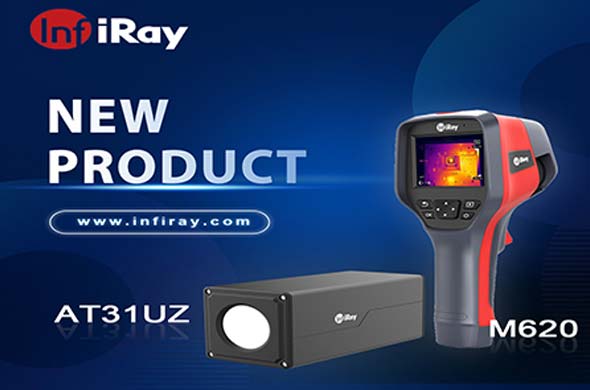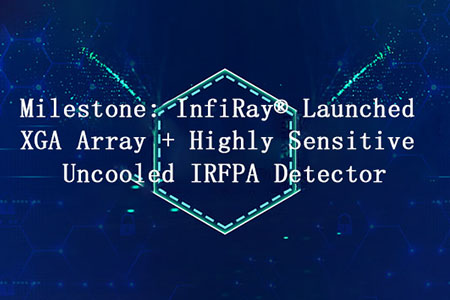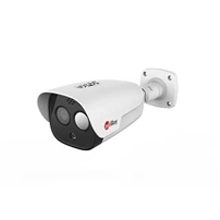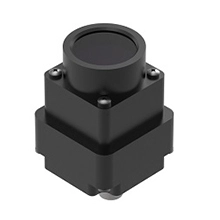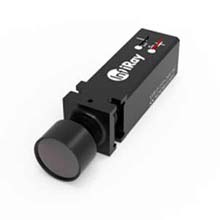The Top 4 Precautions You Should Know for Using Thermal Imaging Cameras Well
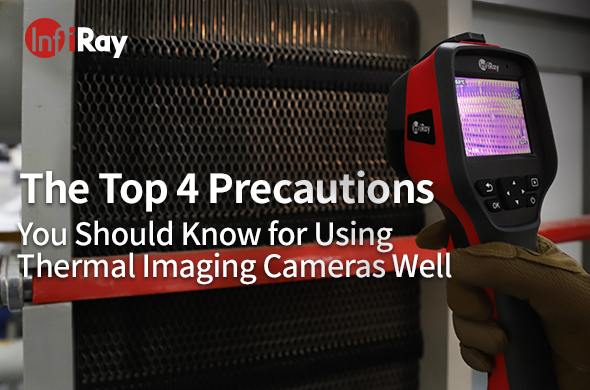
Thermal imaging cameras have revolutionized various industries by providing invaluable insights and enhancing safety measures. These devices utilize infrared technology to detect and visualize heat patterns, making them useful in fields such as construction, electrical inspections, and even medical diagnostics. However, to ensure accurate and reliable results, it is essential to follow specific precautions when using thermal imaging cameras.
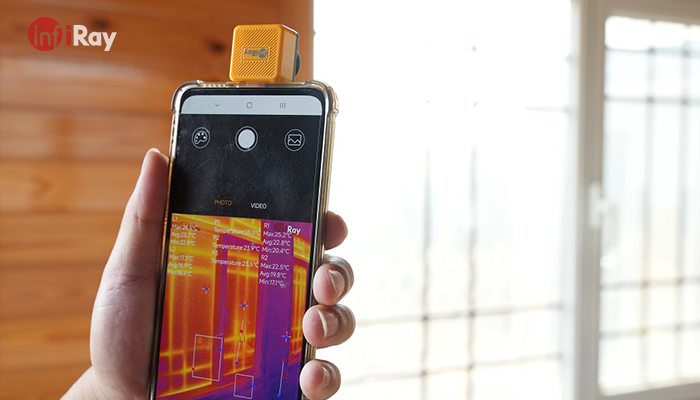
Why Should We Understand the Significance of Precautions?
Using thermal imaging cameras requires careful consideration and adherence to specific guidelines. By understanding and implementing these precautions, users can:
1. Ensure Accurate Measurements: Accurate temperature measurements are crucial when using thermal cameras. Following the recommended precautions helps minimize errors, thereby enhancing the reliability of the obtained data. This accuracy is vital in various applications, such as identifying overheating electrical components or detecting energy loss in buildings.
2. Maintain Optimal Performance: By observing the necessary precautions, users can maintain the performance and longevity of thermal imaging cameras. These precautions focus on protecting the devices from external factors that may impact their functionality, ensuring that they operate optimally over an extended period.
3. Enhance User Safety: Thermal imaging cameras often deal with potentially hazardous environments, such as high-voltage areas or industrial settings. Adhering to precautions mitigates risks, protecting users from potential accidents or injuries. By prioritizing safety, professionals can confidently use thermal cameras to identify and address potential hazards. Extended Reading: Can Thermal Cameras Be Used in Harsh Environments.
4. Improve Data Interpretation: Following proper procedures ensures the consistency and accuracy of thermal images. This standardization facilitates easier interpretation and comparison of results over time. By understanding the precautions, users can better analyze and interpret thermal images, leading to more informed decision-making.
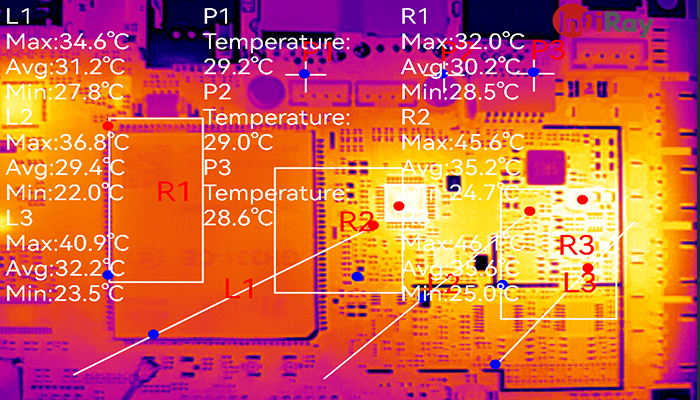
The Top 4 Precautions for Using Thermal Imaging Cameras Effectively
1. Appropriate Measurement Distance:
Maintaining an appropriate measurement distance is crucial for obtaining accurate thermal images. Users should adhere to the specified distance recommended by the camera manufacturer. This distance varies depending on the camera's specifications and the object being measured. Failure to comply with the recommended distance may result in distorted or inaccurate temperature readings.
2. Focus Adjustment:
Proper focus adjustment is essential for capturing clear thermal images. Users should carefully adjust the camera's focus to ensure that the subject of interest appears sharp and distinct. A well-focused image allows for accurate temperature analysis and reliable data interpretation.
3. Selecting Suitable Temperature Ranges:
Thermal imaging cameras offer a range of temperature settings to capture various heat signatures accurately. Users should select the appropriate temperature range based on the anticipated thermal conditions of the object or area being measured. Choosing an incorrect range can lead to inaccurate temperature readings, limiting the camera's effectiveness.
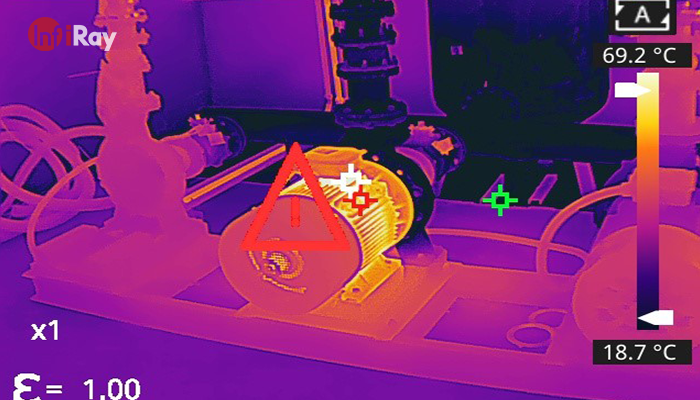
4. Avoiding Direct Sunlight:
Direct sunlight can damage thermal camera performance, affecting the accuracy of measurements. To minimize this interference, users should avoid using the camera in direct sunlight, or shield the camera lens from direct exposure. Additionally, considering the sun's position during outdoor measurements can further help prevent unwanted thermal reflections or glares.
Thermal imaging cameras have become indispensable tools in various industries, providing valuable insights and enhancing safety protocols. Adhering to the top four precautions outlined in this article—maintaining an appropriate measurement distance, adjusting focus correctly, selecting suitable temperature ranges, and avoiding direct sunlight—ensures accurate measurements, optimal performance, and user safety. By following these precautions, professionals can maximize the effectiveness of thermal imaging cameras and make informed decisions based on reliable thermal data.

 français
français  Deutsch
Deutsch  Español
Español  italiano
italiano  português
português  العربية
العربية  日本語
日本語  한국어
한국어  magyar
magyar 






